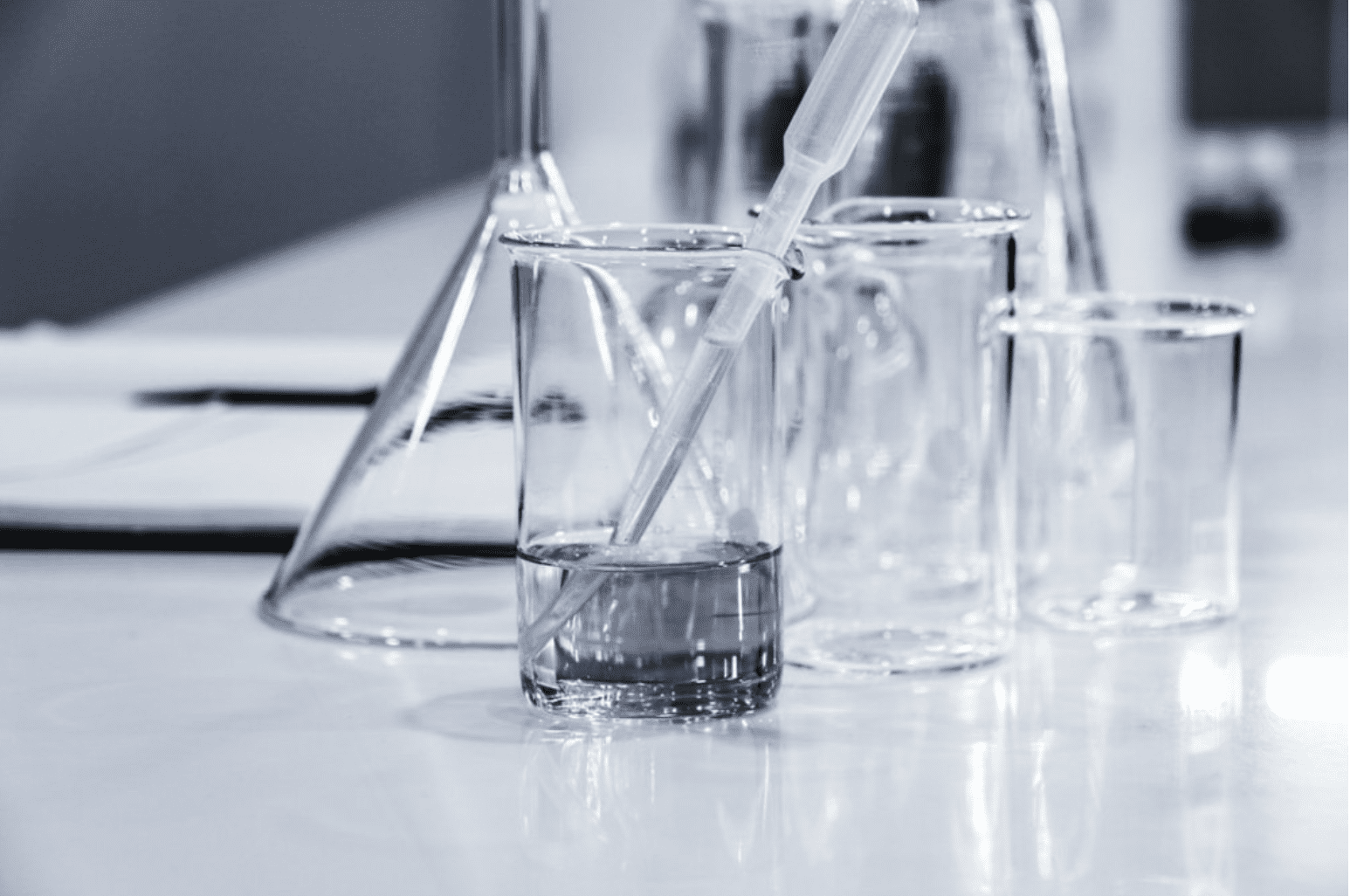Having a private water source gives you a sense of independence. But it doesn’t come without responsibilities. Unfortunately, well water quality can change, and sometimes it can present a health hazard. Some changes are easy to notice, while other ones are tricky.
You should test your private well water regularly. Testing ensures health and safety and enables you to discover any contaminants in time before the damage is done. As a rule of thumb, you should test your well water at least once a year.
Let’s go over the reasons why private wells water should be tested, when and how to do it.
Why You Should Test Your Private Well Water
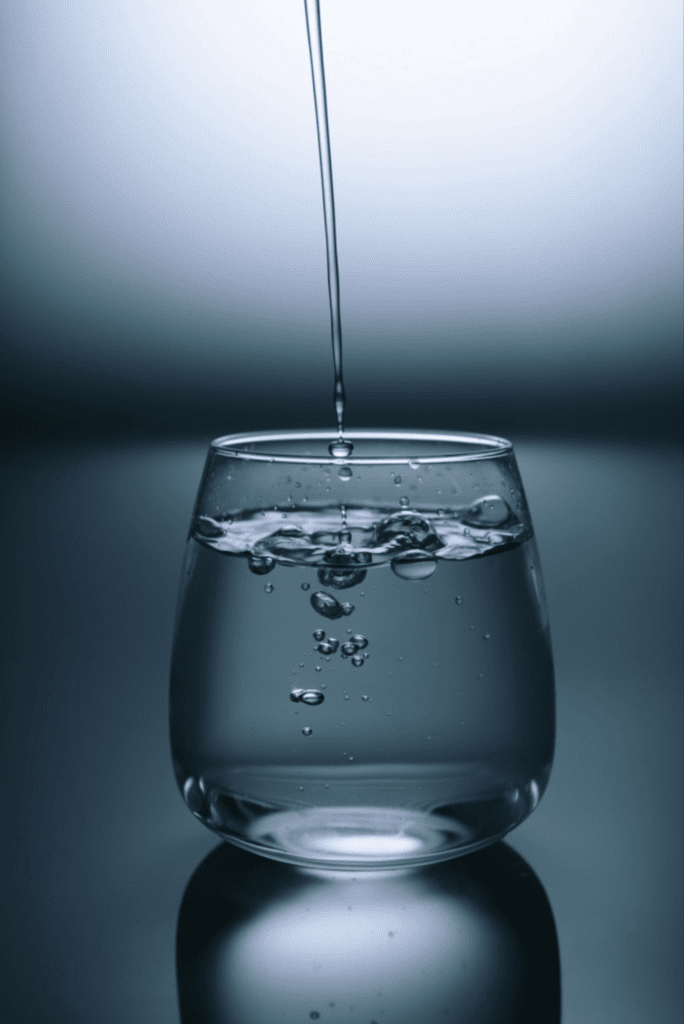
Well water, if clean, is very healthy and tasty. Unfortunately, well water is not filtrated or regularly tested in the same way as city water is.
You may be surprised to learn that the United States Environmental Protection Agency (EPA) does not regulate drinking water from private wells. Some states and towns may require sampling of private wells, but most don’t. So, for the most part, you are responsible for ensuring the water you consume from your well is safe.
You shouldn’t assume your water is clean without testing it. Contaminated water can seriously affect your health, especially that of small children and older adults.
Some contaminants are easy to notice because they change the water’s color, smell, or taste. Other contaminants have no noticeable clues, and you and your family may consume it for a while before you notice that something is wrong.
Without those noticeable clues, the only tell-tale signs are usually health problems, which can be very dangerous. To keep everyone safe, test your private well water.
When Should I Have My Water Tested?
Each household is different, and depending on your family’s circumstances, you may need to test your water more often or for additional contaminants.
When to Test Annually

Most households without pregnant women or very young children should test the water annually if there are no signs of contamination. Even if everything is ok year after year, you should still do it to ensure that the water quality is maintained.
The CDC recommends testing your well water “once each year for total coliform bacteria, nitrates, total dissolved solids, and pH levels. If you suspect other contaminants, you should test for those as well.”
When to Test Monthly
Some tests should be done more frequently under certain conditions. If there are pregnant household members, you should test for nitrates monthly.
A high concentration of nitrates can affect the health of pregnant women and infants. Conduct nitrate testing every month, from the first month of pregnancy until the infant is six months old.
When to Test Pronto
For those who suspect that their plumbing system contains lead, testing should be done immediately.
If you notice digestion issues that last longer than usual, stop consuming water and test for bacteria.
If you notice that the water changed color or leaves stains, test for iron, manganese, chloride, sulfates, water hardness, and corrosion. Otherwise, these tests should be completed every other year.
Private wells shouldn’t be placed near septic systems or areas where contaminants can end up in the ground; however, accidents can happen. If there was a septic problem, fuel or oil spill, or any industrial fluid leak near your well, you should stop drinking the water and do tests recommended by experienced professionals.
Special tests can be quite pricey, depending on which chemicals you want to test for, so be careful when doing any work near the well to avoid these expensive tests.
If there is a new farm nearby spreading its business, companies drilling for gas or oil, mining works, or any factory or a landfill is built, conduct some tests to confirm that your water is still safe to drink.
What Are the Typical Contaminants in the Water?
Contaminants can be various, and some are present only in specific situations, while others can occur anywhere and anytime. Below is a list of primary pollutants that could be present in your well water.
There are two basic categories of contaminants: bacteria and chemicals.
Bacteria
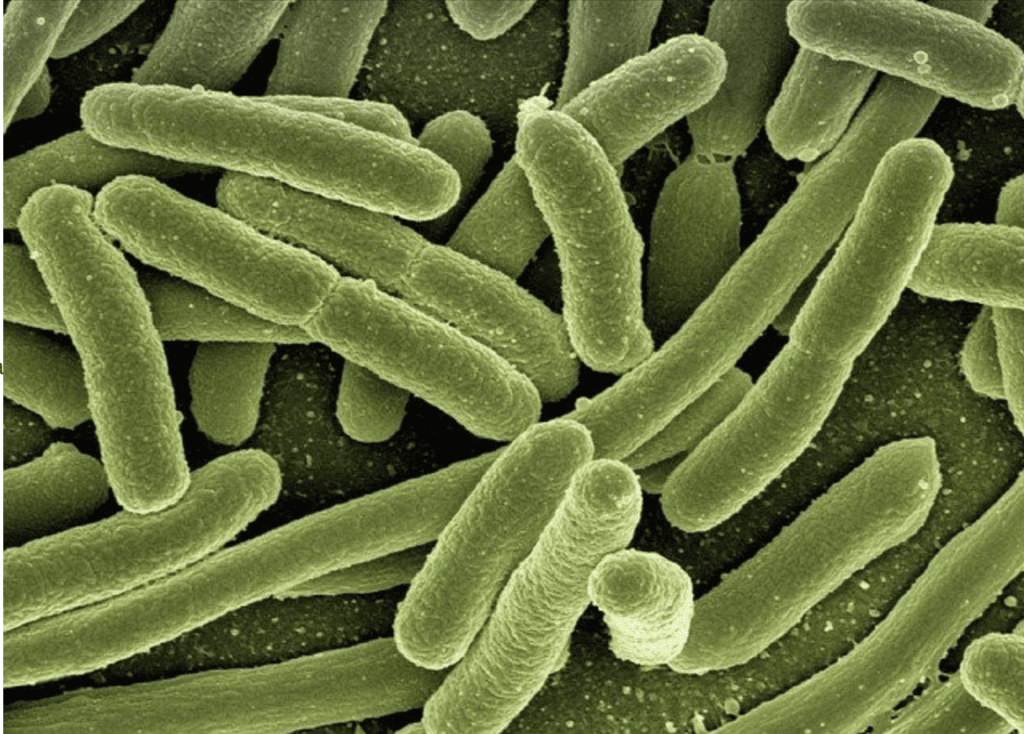
You should test for two types of bacteria at least once a year.
Escherichia Coli (E. Coli)
E. Coli is a harmful bacteria that originates from animal (and possibly human) waste. If E. Coli is found in the water, that usually means that feces somehow entered the water. This bacteria causes gastrointestinal problems that include severe diarrhea and nausea, possibly vomiting.
E. Coli can be treated successfully, but the healing time depends on how early it was diagnosed. Avoiding treatment could lead to severe consequences. It is especially dangerous for small children and older adults who have weak immunity.
Total Coliform Bacteria
Total Coliforms are bacteria that naturally live in water, soil, and nature. Some may even come from animals.
In general, coliforms are not harmful bacteria, but their detection is crucial because it may signal that other harmful bacteria such as E. Coli is present. When a total coliform test is positive, further analyses is usually required to rule out the presence of E. Coli or other serious threat.
Chemicals
Unlike bacteria, chemicals can be many, and sometimes you will have to test your well water for many of them. Some chemical tests should be done yearly, while others can be done once in three years.
As mentioned earlier, if pregnant women, children, or sick, older adults drink well water, testing for some chemicals may have to be completed monthly.
Nitrates
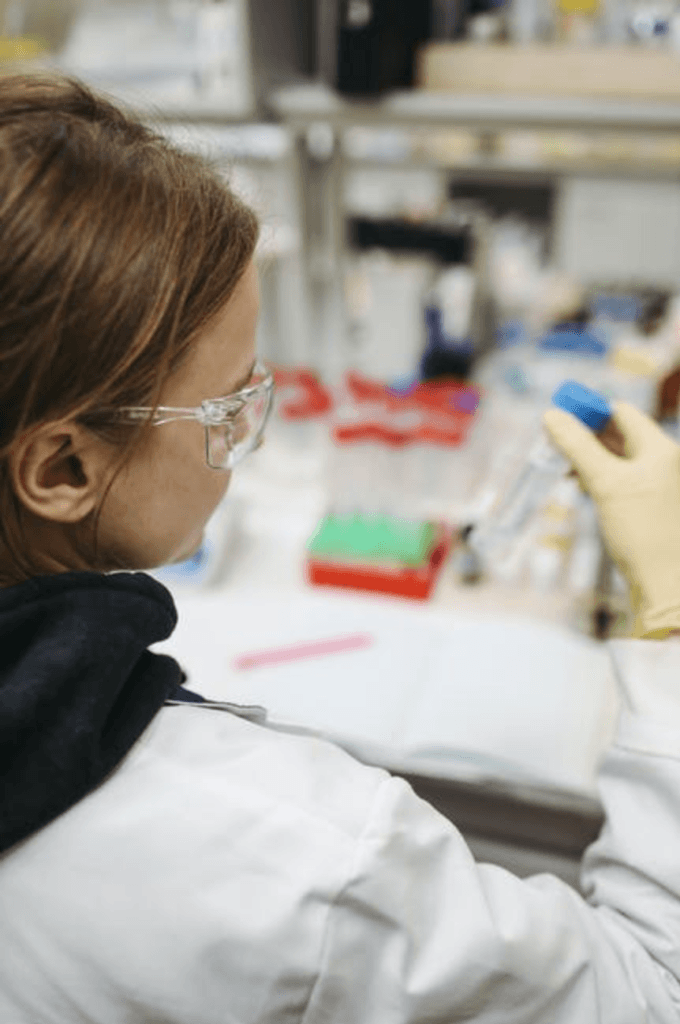
Nitrates are frequently found in groundwater. The presence of nitrates is especially dangerous for infants because nitrates lower the blood oxygen supply to tissues and organs when digested.
Ions
The most frequent ions found in water are sodium, chloride, iron, sulfate, and manganese. These contaminants usually change the taste and smell of water. Many of you are familiar with that distinctive iron-like smell. If the pollutants are metals, long term consumption can lead to all kinds of problems. It is hard to notice that something is wrong until it is too late.
Sulfates
A high concentration of sulfates leads to digestion problems and severe diarrhea. The situation could be worse if magnesium and calcium are present too, which is typical in groundwater. A high dose of sulfates can leave stains on fabric and settle in your pipes
Fluoride
Fluoride is very beneficial in small doses. It keeps your teeth healthy, and even some toothpaste has it as one of the ingredients. However, an excessive amount of fluoride has the opposite effect. It can actually be the cause of some dental issues.
Total Dissolved Solids
Total dissolved solids is the number of all substances that are not organic. A high number of those means that the water is contaminated.
Lead
Lead is one of the most dangerous substances, and lead poisoning presents a life-threatening condition. Old plumbing systems can be contaminated by lead, and if you suspect that lead is present in your water, you should test it as soon as you can.
Other Chemicals and Additional Testing
There are hundreds of chemical contaminants that can enter your water source. Some of those are arsenic, selenium, or different kinds of pesticides. Tests that discover these contaminants should be conducted if there is a justified reason to believe that those chemicals could be present (e.g. new farm started growing plants nearby).
Volatile Organic Compounds
These compounds are organic but can harm your health. Volatile organic compounds contain carbon and are found in commercial and industrial products such as solvents, cleaners, and even gasoline. Some regions are more prone to these contaminants than others. If testing is needed, do it during your next yearly water testing.
How to Do the Testing?
Some homeowners like to conduct tests by themselves, and numerous testing kits exist on the market. However, this may not be a DIY you want to undertake. Yes, it is easy and may be cheaper, but how confident will you be that the results are accurate.
Home testing kits can detect certain substances, but they are not as sensitive as those in professional laboratories. Most commercial kits will not detect a low number of contaminants and may show a false negative result.
If you want to test your water more than once a year, you can use these tests as a precaution measure between real tests done by professionals. And this is especially important if a pregnant woman or an infant is consuming the water.
Your county health department should be able to provide a list of state-certified laboratories in your area that test for various substances.
The CDC recommends to visit one of the links below or contact your local health department or the EPA Safe Drinking Water Hotline at (800) 426-4791.
- Well Water Information Based on Where You LiveExternal (United States Environmental Protection Agency)
- State Certified Drinking Water LaboratoriesExternal (United States Environmental Protection Agency)
Steps to Locate a Laboratory Certified by Your State
You can have your private well water tested by contacting a laboratory certified by your state or territory.
These are the steps I followed to have my private well water tested for the first time:
Step 1: Go to the State Certification Programs Page
The state certification programs and certified laboratories page is within the EPA website.
Step 2: Select your State
In my case, it is Delaware, then click “Go.”
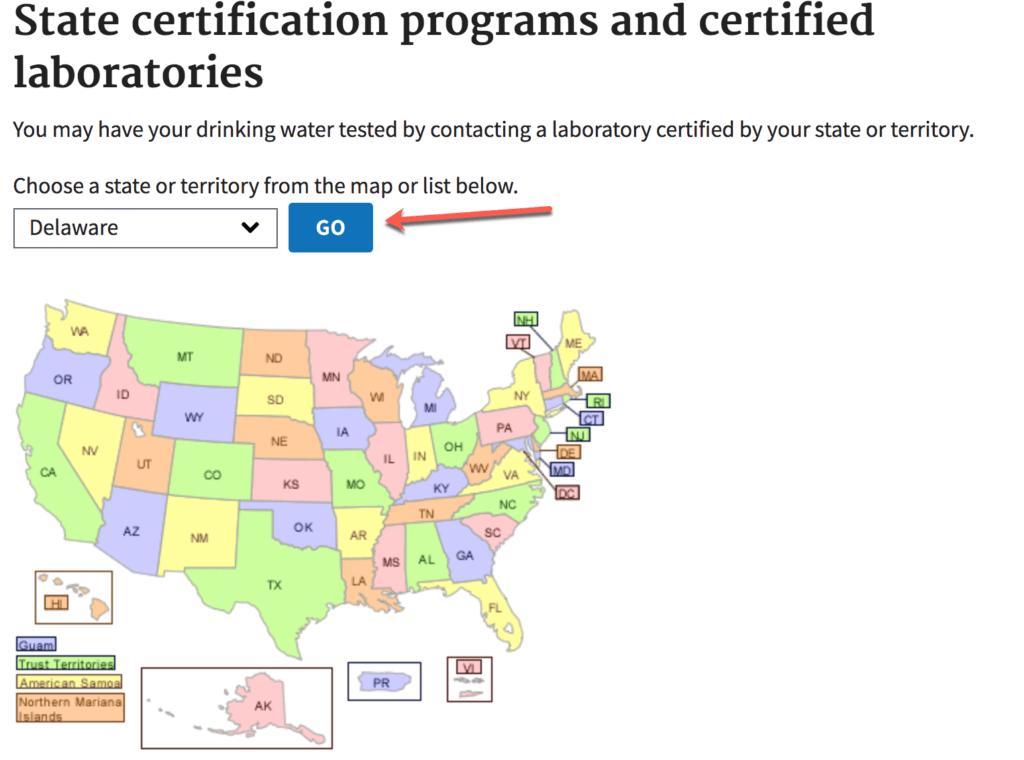
This takes me to the Laboratory Certification Program section of the Office of Drinking Water of Delaware showing a list of approved laboratories. You should be taking to a similar page for your state.

Step 3: Select and Contact the Lab to Request the Test
It wasn’t easy to choose my lab because the websites are not user friendly for the most part. Also, I didn’t know what criteria I should follow to choose one. They are all legit companies since they are “approved laboratories”.
I ended up choosing a company based on location and a reasonable price. It is within a 1-hour driving distance, so I will be able to drive the sample instead of shipping it.
Step 4: Purchase a Testing Kit
Choose one of the available testing kits the company offers.
I ordered the Coliform Bacteria, Nitrates + Nitrites, Sand, Turbidity, pH, Iron, Hardness Water Testing Analysis Kit. My price is $89.
I also ordered a separate kit to test for lead ($50) and arsenic ($48) as recommended on the above video. The total cost for the first time I test our water will be $187.
I am planning to test for lead and arsenic only once. So, my recurrent annual cost for our private well water testing should be around $89. I think it is worth it for peace of mind.
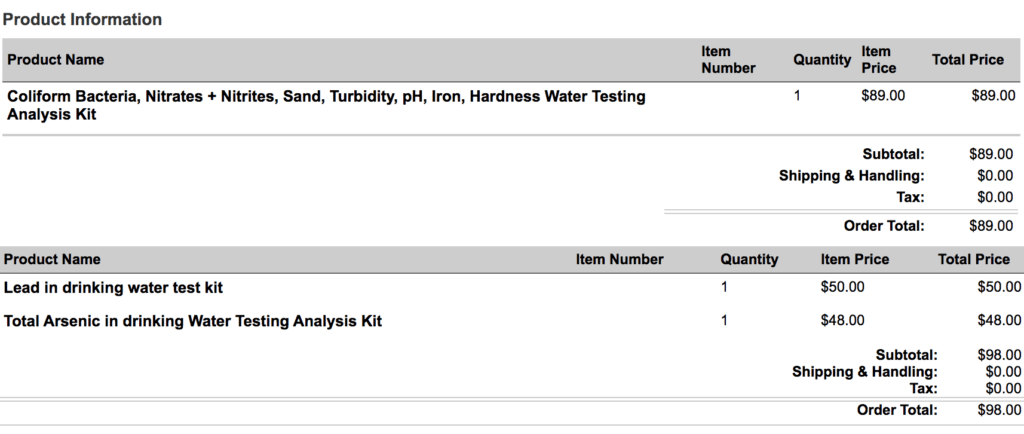
Step 5: Ship the Sample
I will update this step when I get the sample
Step 6: Receive the Results
I will update this step when I get the results of the sample
Video Summary: What, When, and How to Test Your Well Water
This video by the Minnesota Department of Health covers what, when, and how to test your well water. Although it targets residents of Minnesota, the content applies to most people in the USA.
==> Considering adding a pool to your home? That’s another reason to test your well water.
Closing Thoughts
Monitoring and testing your private well water is your responsibility. This is one of those instances when procrastination can have serious consequences. Small contamination problems are fairly easy to resolve, and discovering the problem in time will help you have a healthy water source for many years.
